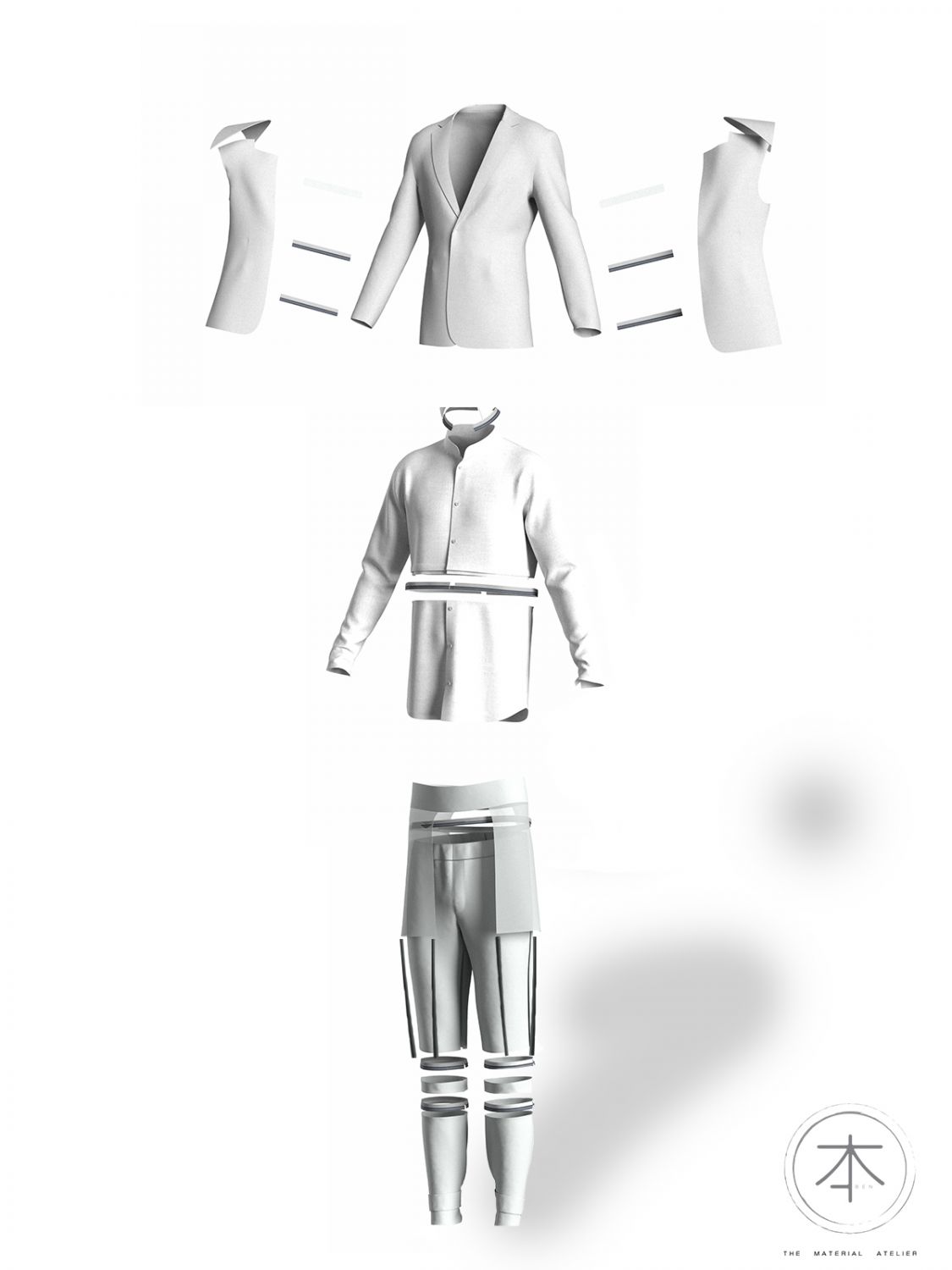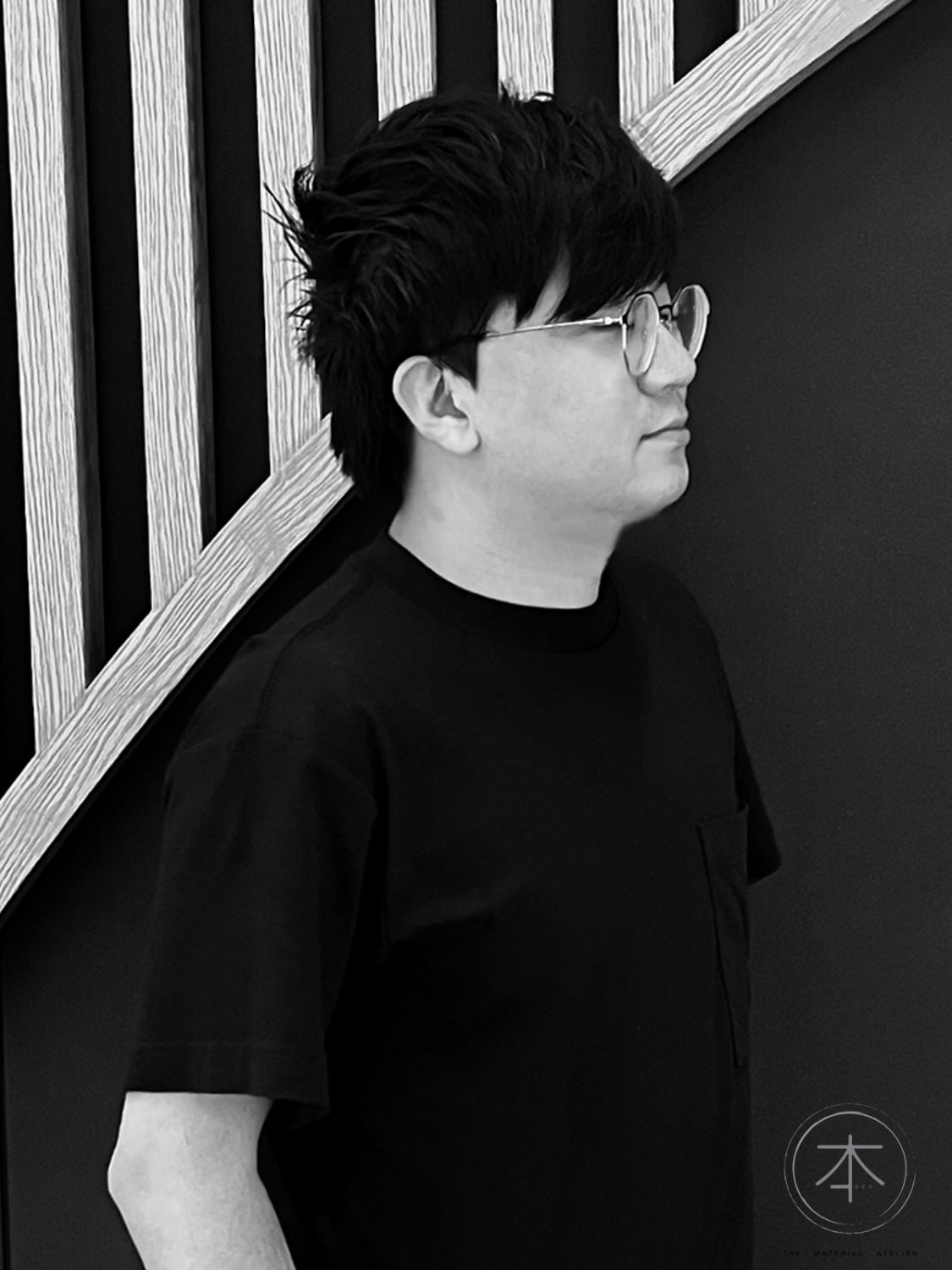Red Carpet Green Dress 2022 winner Benjamin Koh shares why sustainable fashion matters and who he hopes to see in his winning design
Today, red carpet fashion is no longer limited to the latest designer finery.
Celebrities like Jane Fonda, Joaquin Phoenix and Cate Blanchett have all recycled their past red carpet looks for award shows like the Oscars. Others, like Bond girl Léa Seydoux, have dressed to impress in custom gowns crafted from sustainable fabrics such as Tencel.
The Red Carpet Green Dress (RCGD) wants to bring more of such statements to the red carpet. Collaborating with the Oscars, the women-led organisation has dressed some of Hollywood’s biggest stars like Seydoux, Emma Roberts and Sophie Turner in eco-friendly couture from Louis Vuitton, Armani and more. In the process, it’s redefining the very idea of luxury.
Don't miss: Oscar Nominations 2022: See the Full List of Academy Award Nominees
The RCGD also hosts an annual design competition, inviting young fashion talents to create Oscar-worthy outfits with sustainability in mind. This year’s winner is Singapore designer Benjamin Koh, founder of the creative studio The Material Atelier by 本 (Ben). Koh created a modular menswear ensemble crafted entirely from the plant-derived, biodegradable Tencel textile.


For Koh, sustainability is more than just a trend. He became passionate about it as a fashion design student after attending a series of lectures by Japanese researcher Naoko Matsuyama.
“Her passion and knowledge of the history of natural dyes fuelled me to find an alternative dyeing solution for the fashion industry,” Koh told Tatler in an email. “My biggest takeaway was that sometimes, the answer to sustainable fashion is hidden in the wisdom of our ancestors.”
For his graduation project, Koh developed natural dyes and inks, and worked with industrial designers to grow his own mycelium—the same mushroom-derived fibre that luxury brand Hermes used in its first vegan leather handbag last year.
“I have never stopped exploring and experimenting with new materials,” said Koh. “The intention of my research on mycelium was to find a natural bonding solution for fibres that could potentially reduce the environmental impact of fashion production.”
“Experimenting with textiles is an ongoing journey,” he added. “I am currently in the process of developing a new material as an eco-friendly alternative to conventional textiles.”
Don't miss: The Production Chain: How Sustainable Clothes Are Made In Hong Kong





